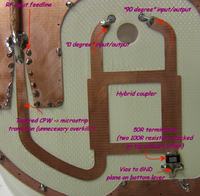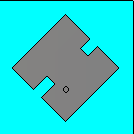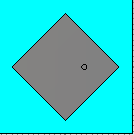sonia raj
Junior Member level 3

hello evryone..
how to delay one feed among two feeds by 90 degree using a hybrid coupler..how to design hybrid coupler..m working in cst.please anyone help me i m working on a project on circular polarization
how to delay one feed among two feeds by 90 degree using a hybrid coupler..how to design hybrid coupler..m working in cst.please anyone help me i m working on a project on circular polarization









